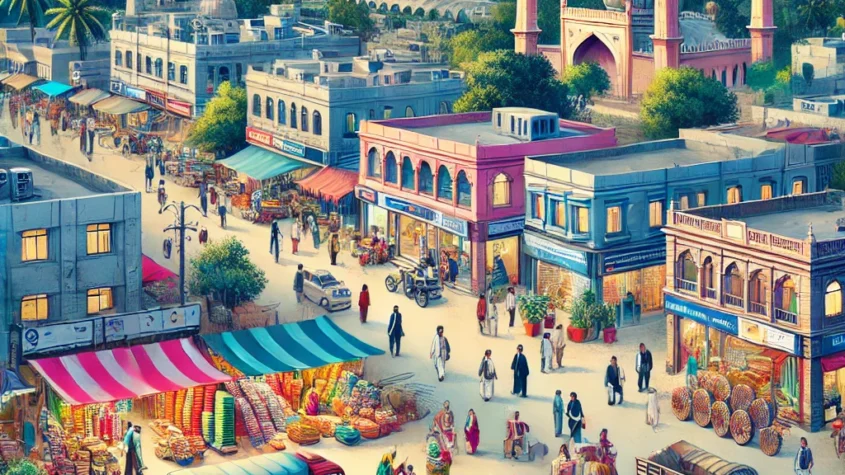
Egerp Panipat is a prominent historical figure associated with the famous battle site in India, known for pivotal conflicts that shaped the country’s future. Understanding Egerp Panipat helps reveal the significance of these battles and their enduring impact on Indian history. The legacy of Panipat extends beyond the battlefield, influencing culture, governance, and military strategy in the region.
The battles fought in Panipat serve as critical turning points, demonstrating the strategic prowess and political dynamics of the time. Egerp Panipat’s role in these events exemplifies the complexities of leadership and the consequences of war. This exploration into Panipat invites readers to consider how history continues to inform contemporary issues.
Through examining Egerp Panipat, individuals gain insight into the historical narrative that defines modern India. Readers will find that the stories woven into this history are not just about conflict; they are about resilience, change, and the evolution of society.
Historical Context of Egerp Panipat
Egerp Panipat has significant historical roots that intertwine with the broader narratives of regional power dynamics and culture. Its origins and etymology offer insights into its foundational aspects, while its significance in regional history highlights its role as a pivotal location.
Origins and Etymology
The term “Egerp” derives from ancient local dialects, reflecting the region’s linguistic evolution. The word may have connections to historical trade routes that traversed the area, facilitating cultural exchanges.
Panipat itself is known for its strategic location, historically serving as a crossroads. This made it a significant site for various civilizations, contributing to both its name and its heritage. The etymology reflects layers of conquests and settlements over centuries.
Significance in Regional History
Egerp Panipat holds a crucial position in the history of India, especially during the medieval period. Notably, it was the site of several pivotal battles, shaping the political landscape.
The First Battle of Panipat in 1526 marked the beginning of the Mughal Empire in India. Later, the Third Battle of Panipat in 1761 was a watershed moment that saw the decline of the Maratha Empire. Each of these events underscored the region’s role in defining the trajectory of Indian history and power dynamics.
Modern Developments and Usage
Recent advancements in Egerp Panipat highlight its integration into educational systems and its significant cultural implications. This evolution reflects its adaptive nature and the ongoing interest in its historical context.
Egerp Panipat in Education
Egerp Panipat has gained recognition within educational institutions, where it serves as a vital resource for students studying history and cultural studies. Many universities incorporate it into their curricula, providing students with firsthand insights into the region’s historical significance.
Offering workshops and seminars, educators utilize Egerp Panipat to foster discussions around its impact on modern society. Interactive sessions allow students to engage deeply with the subject, encouraging critical thinking and analysis of historical events.
Furthermore, many online platforms now feature courses dedicated to Egerp Panipat, making learning accessible to a wider audience. This shift underscores its importance in contemporary education.
Cultural Implications
The cultural relevance of Egerp Panipat extends beyond academia. It plays an essential role in local traditions, influencing various art forms and media. Many artists draw inspiration from its rich history, capturing its essence through paintings, literature, and performances.
Festivals and events frequently celebrate Egerp Panipat, promoting awareness of its historical background. These gatherings not only honor the past but also strengthen community ties and foster a sense of shared identity among residents.
Additionally, digital media has amplified the reach of Egerp Panipat’s cultural significance. Social media campaigns often highlight its heritage, engaging younger generations and encouraging them to explore their roots. This ongoing dialogue showcases the blend of history and modernity in the context of Egerp Panipat.
Dumpster Near Me: Find the Best Local Rental Options for Your Needs
Finding a dumpster near me can streamline your cleanup efforts, whether it’s for a h…










